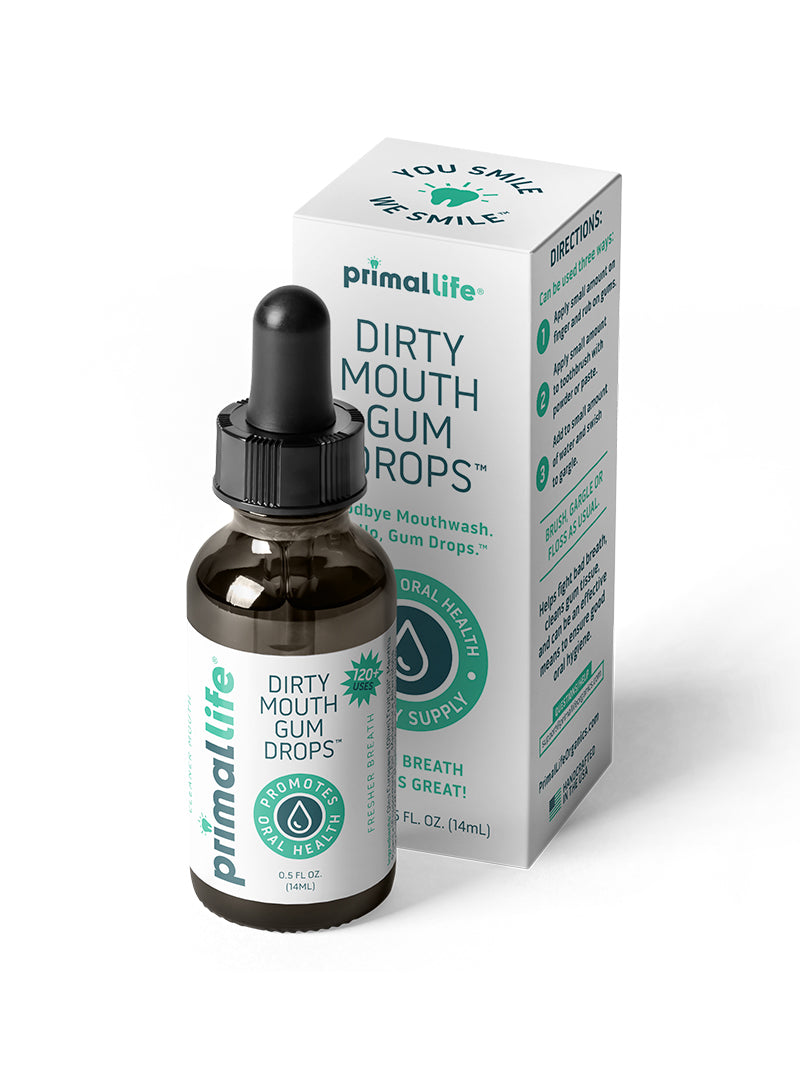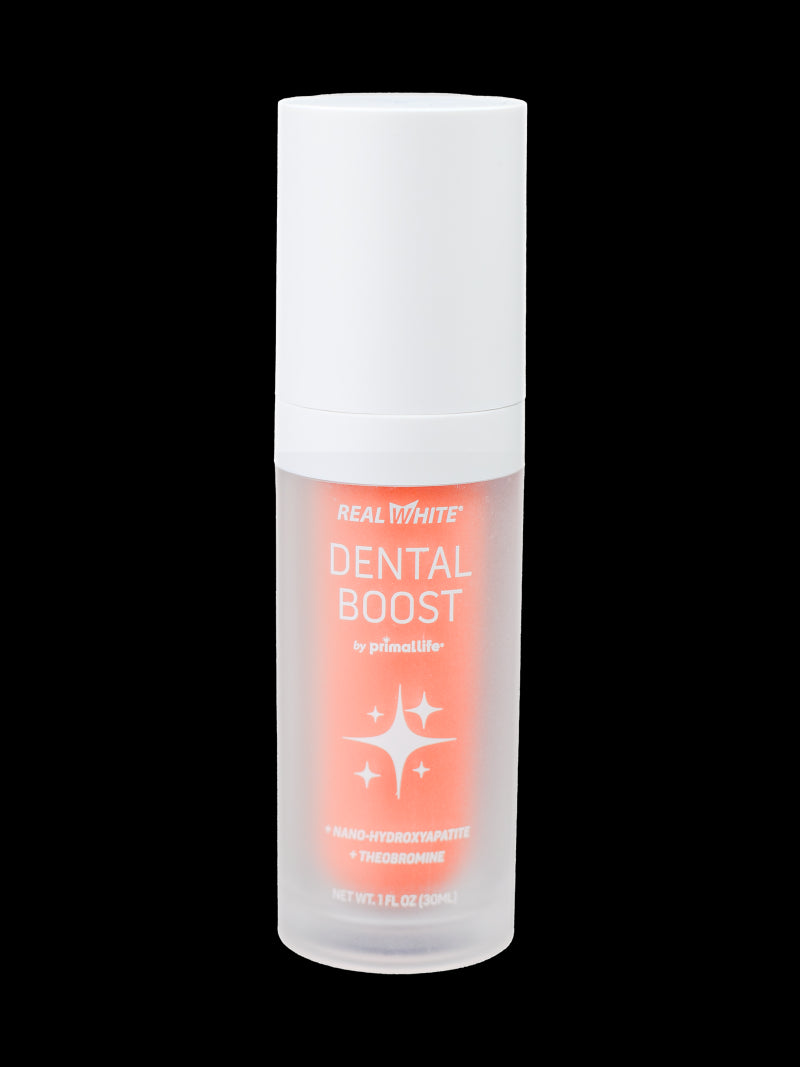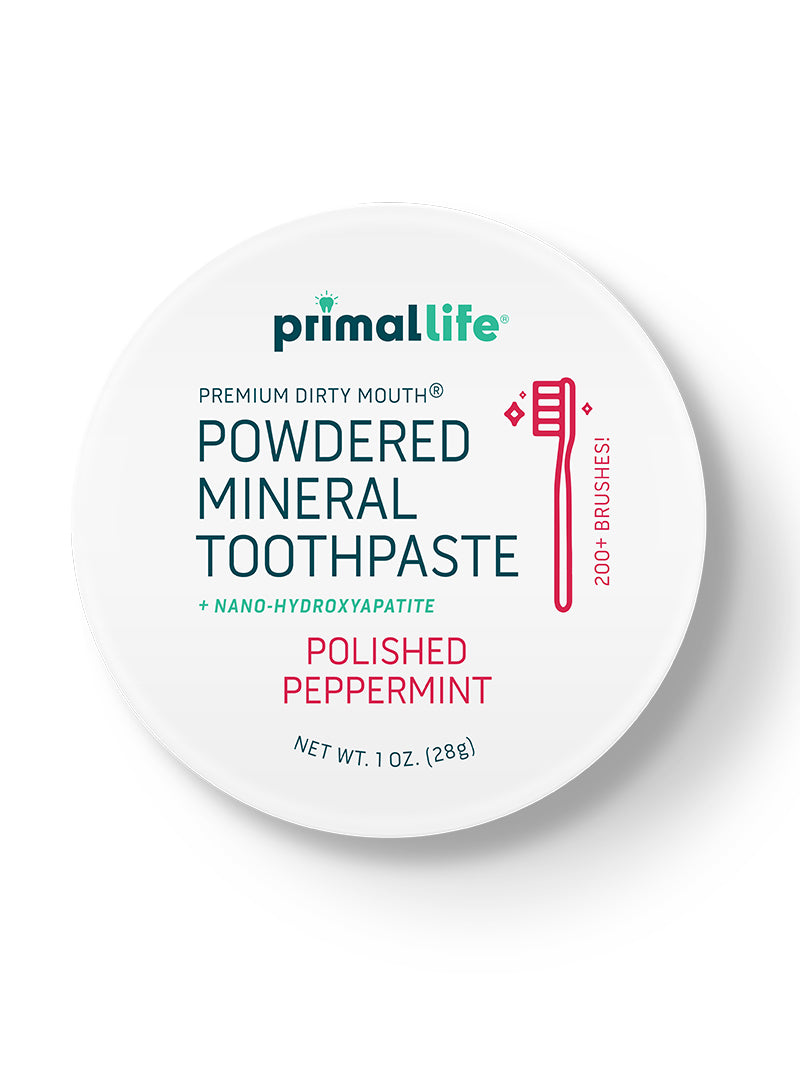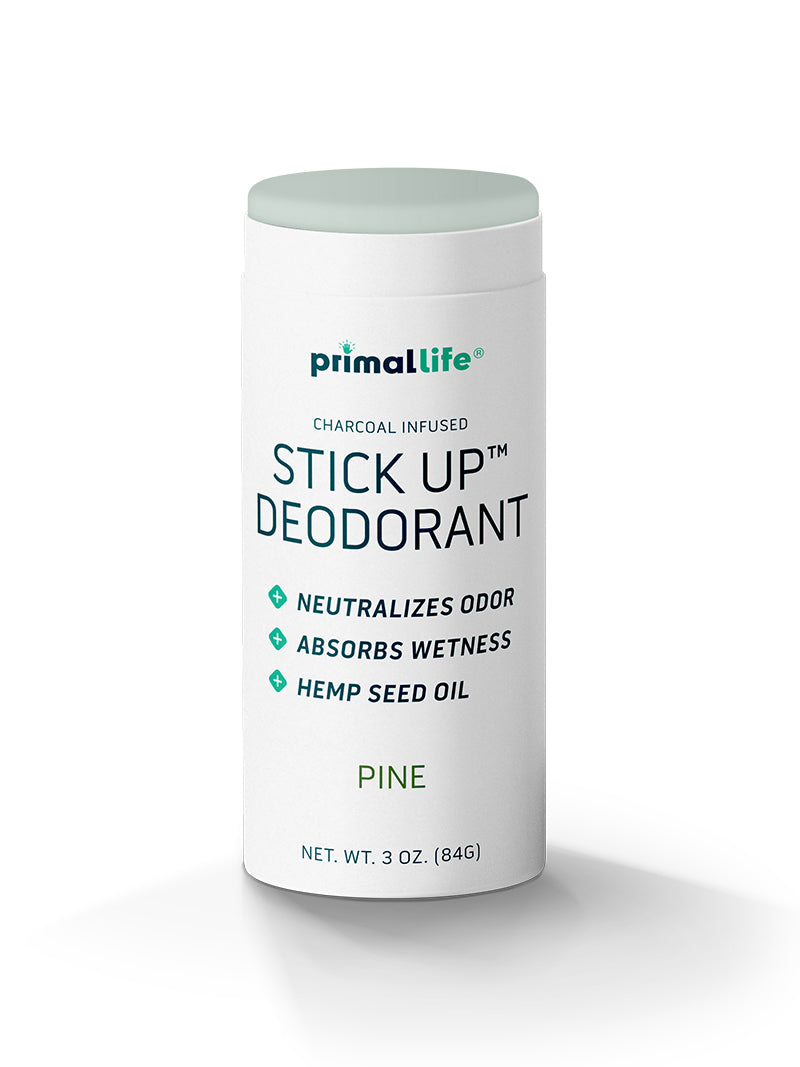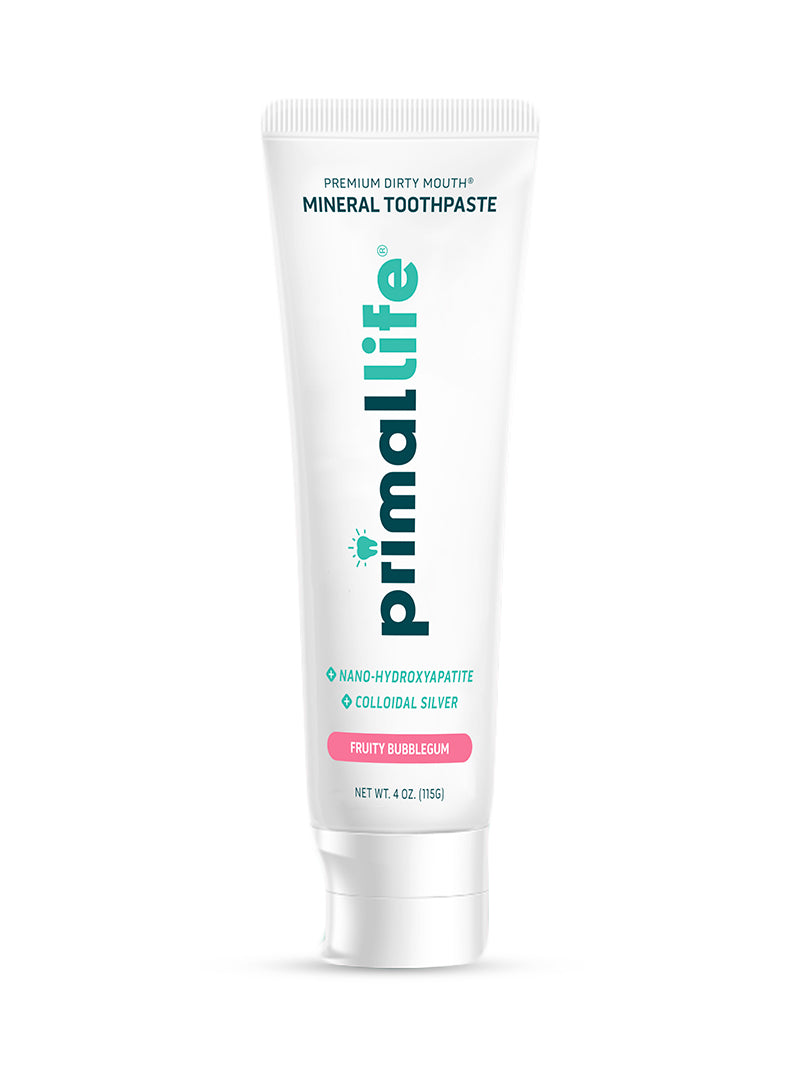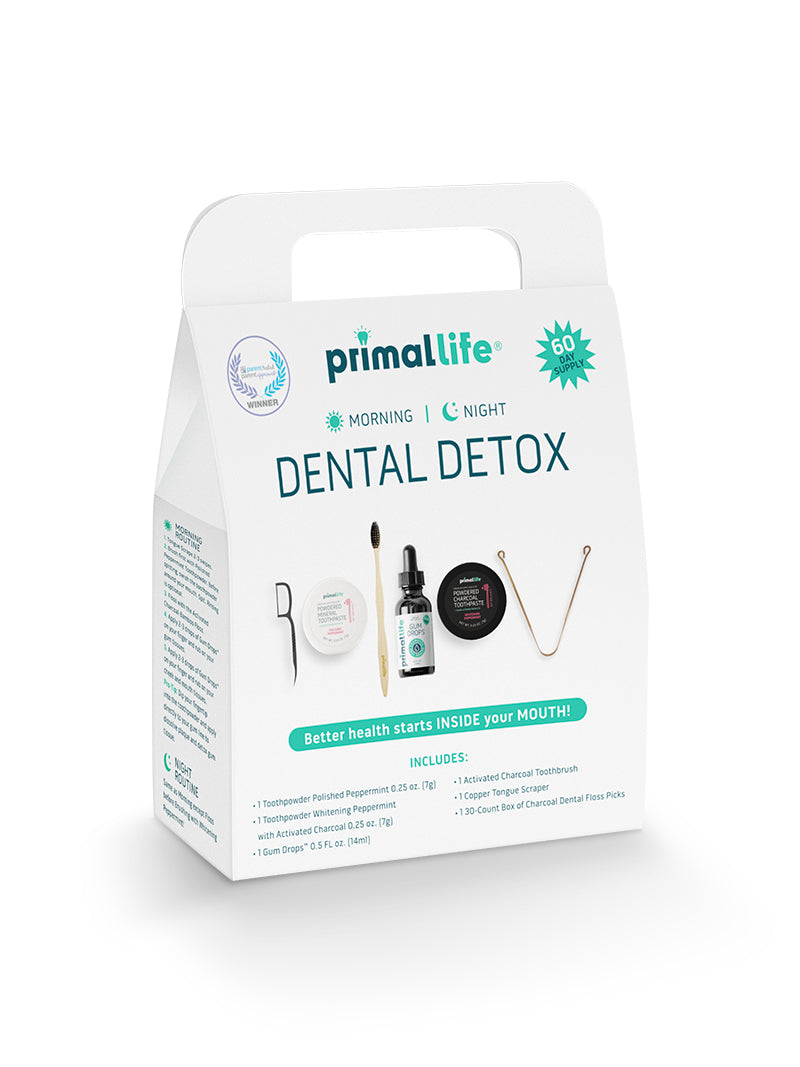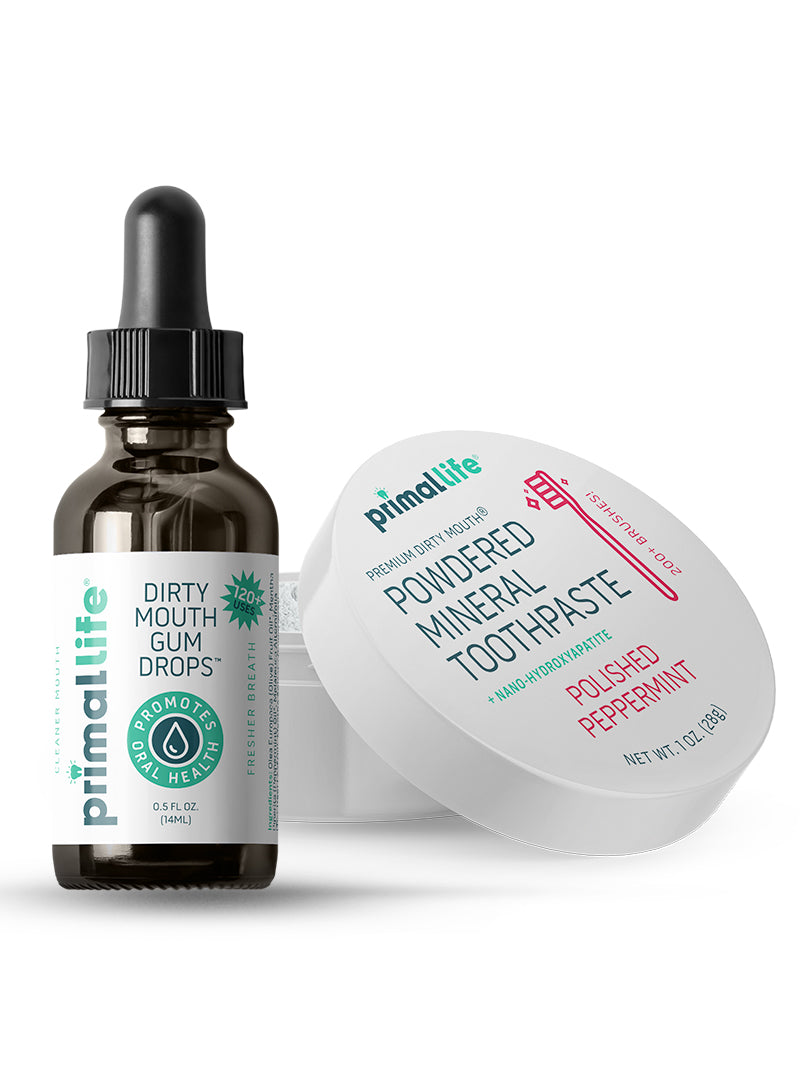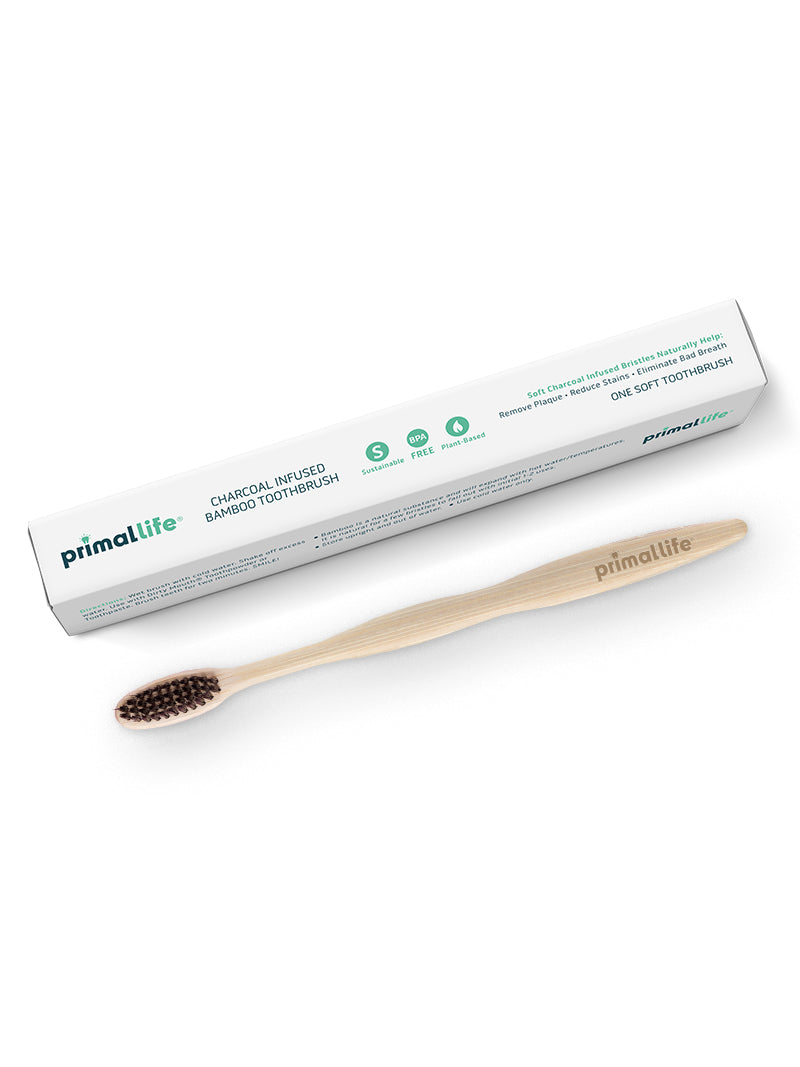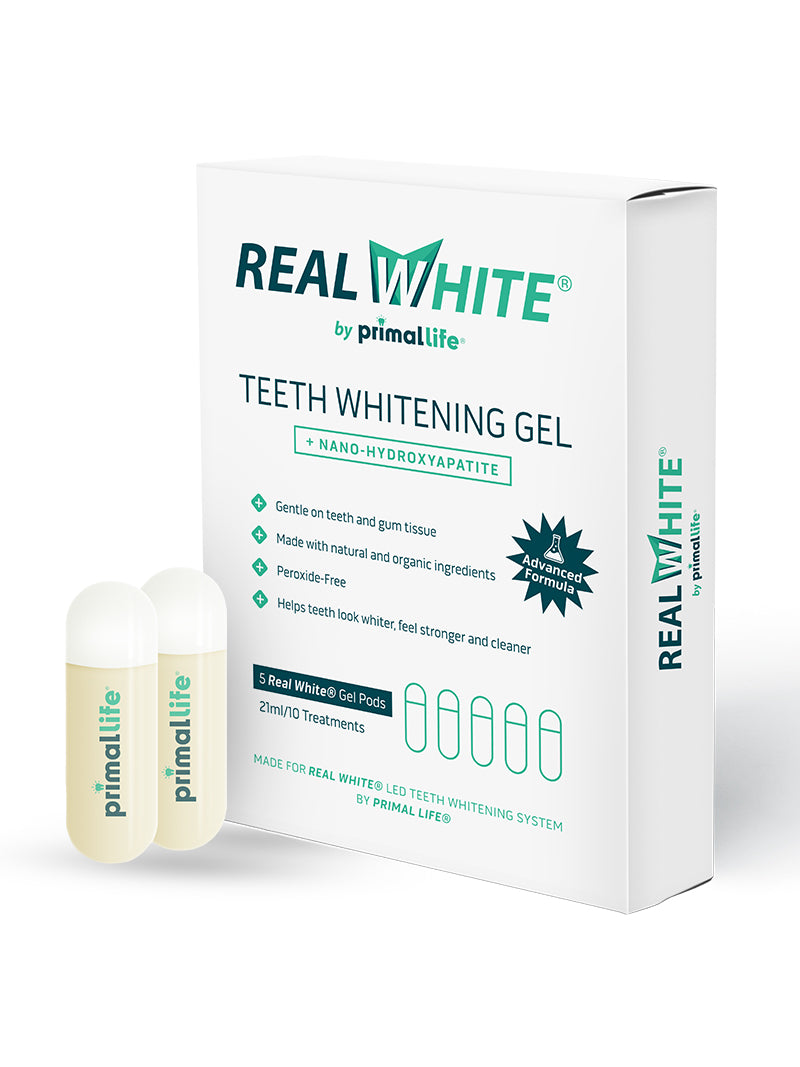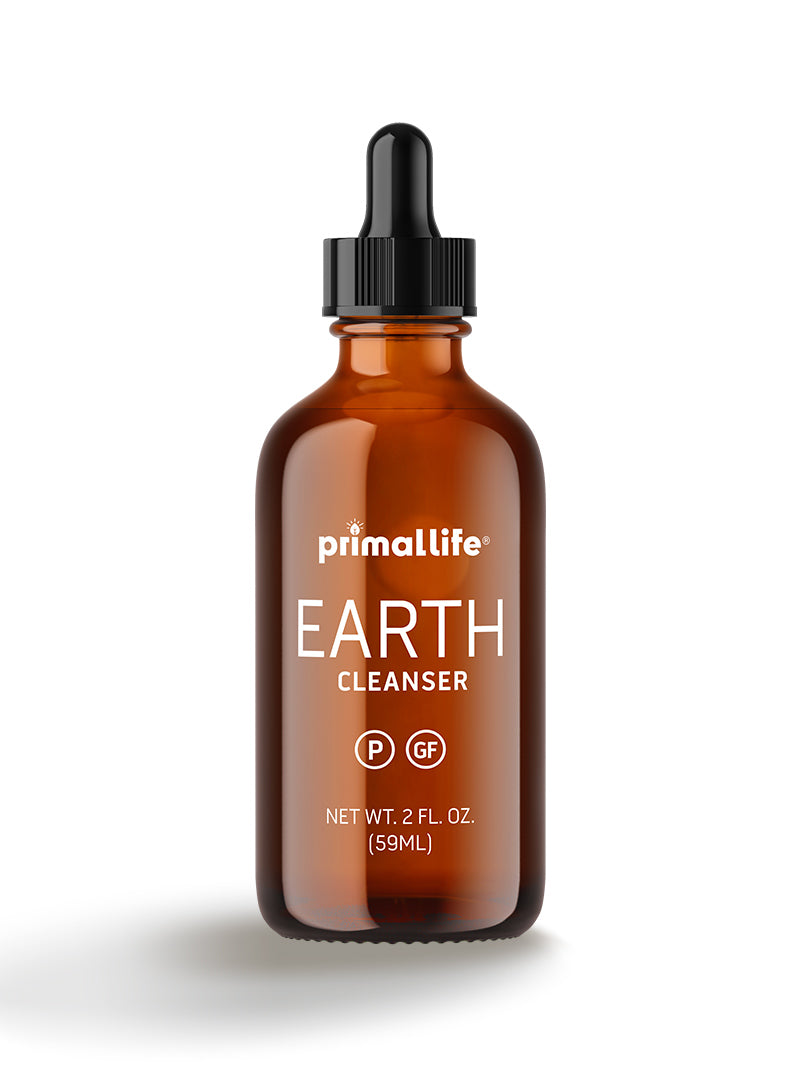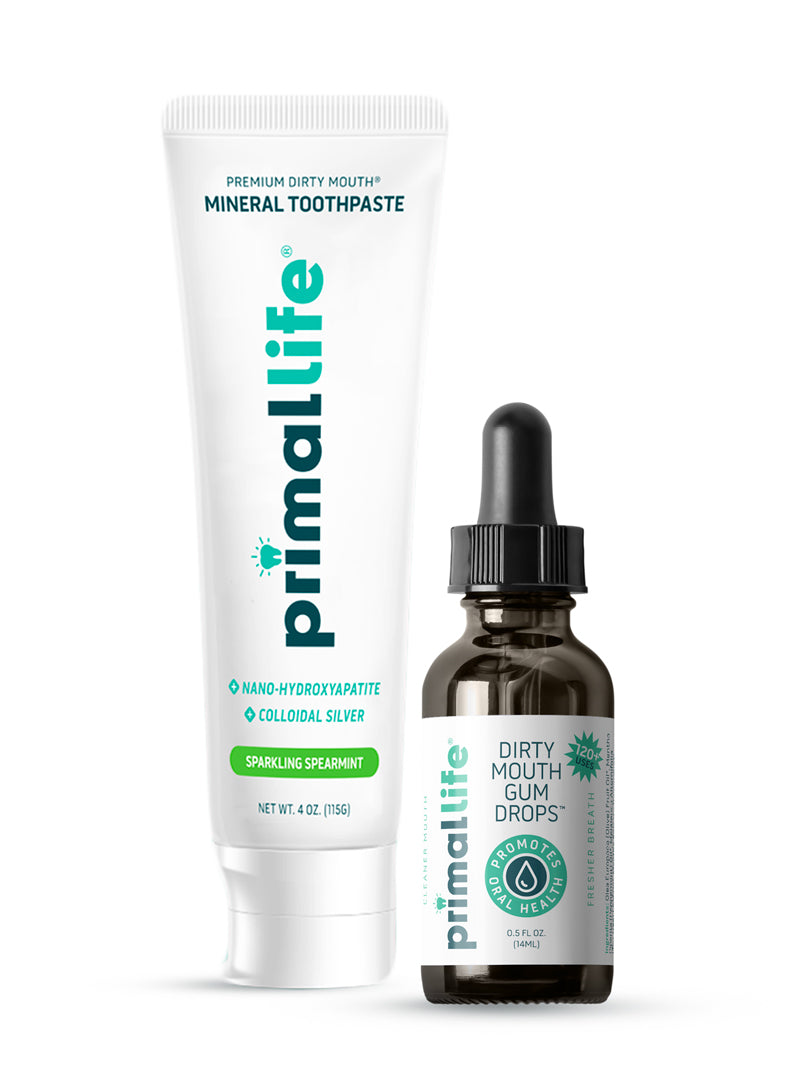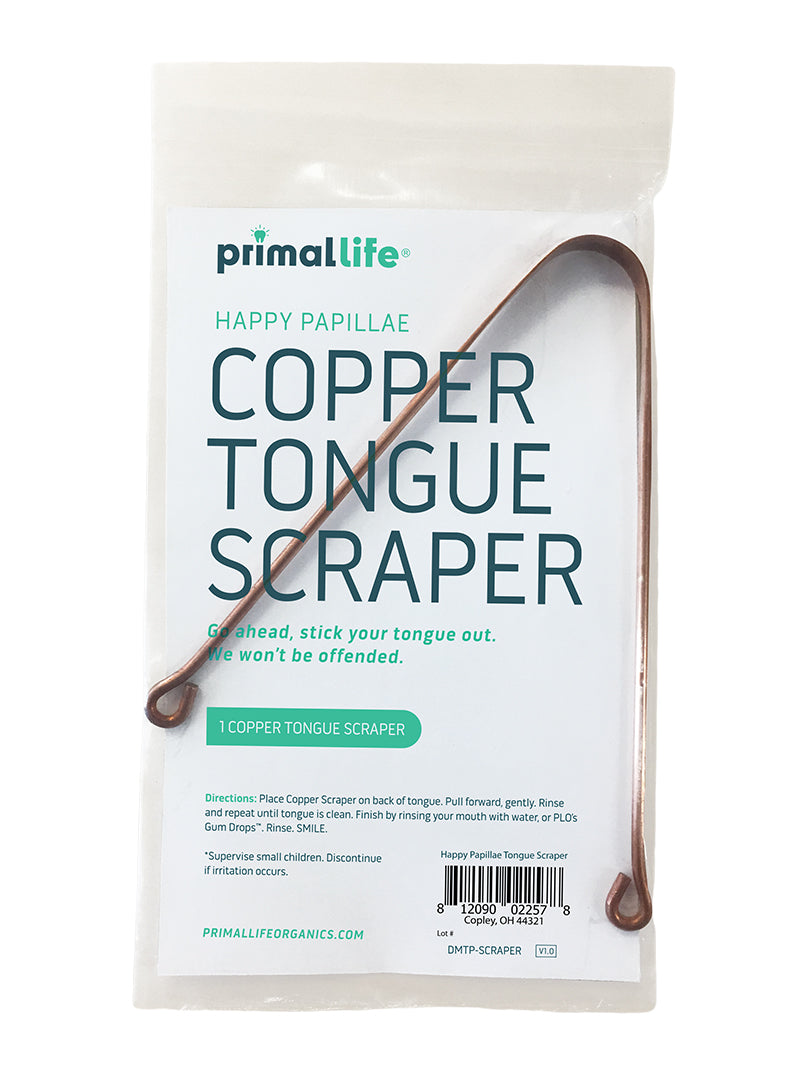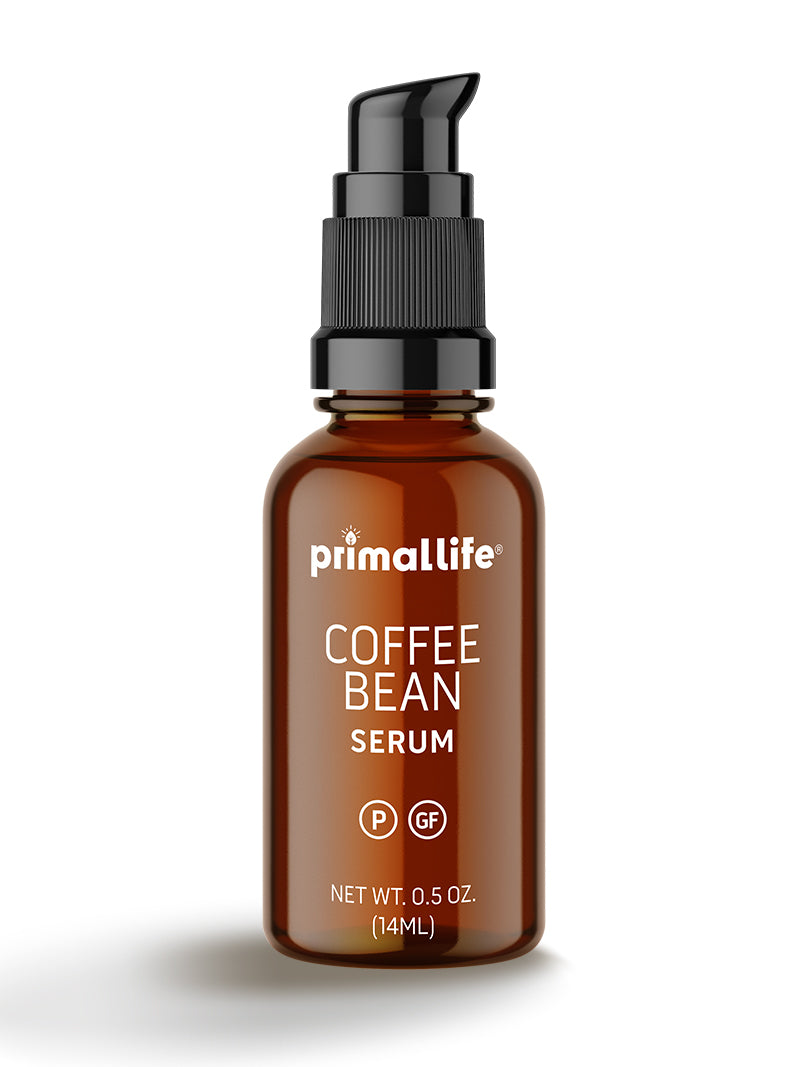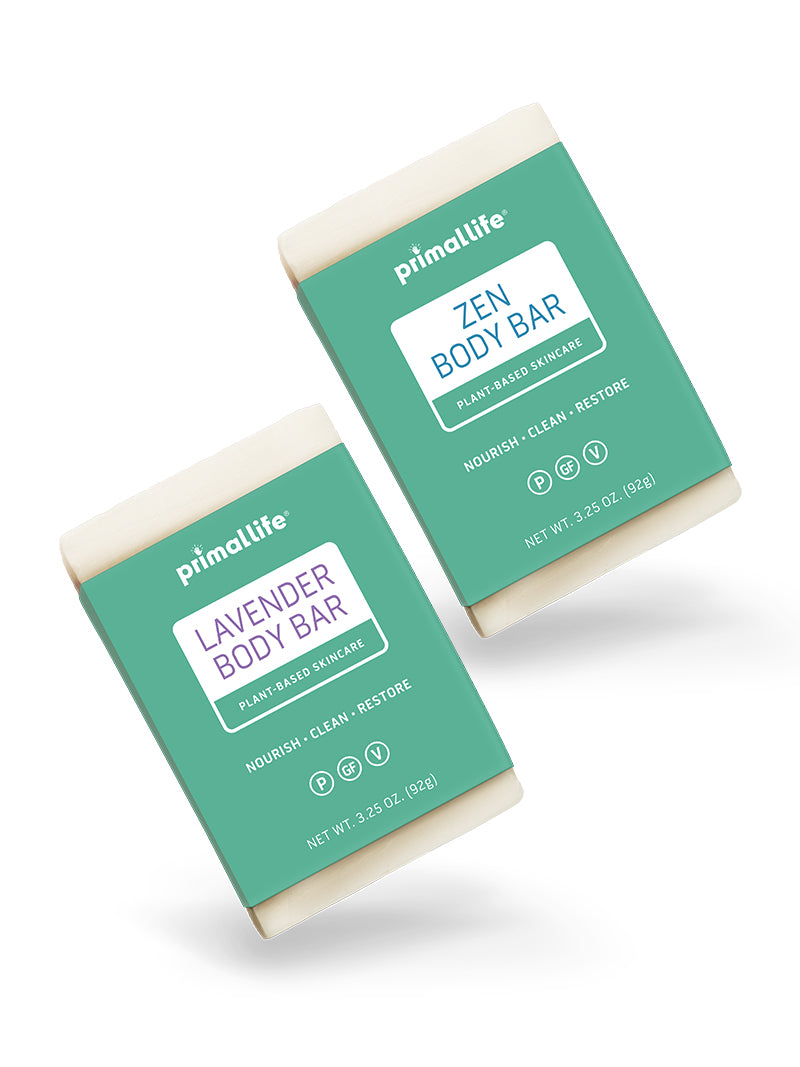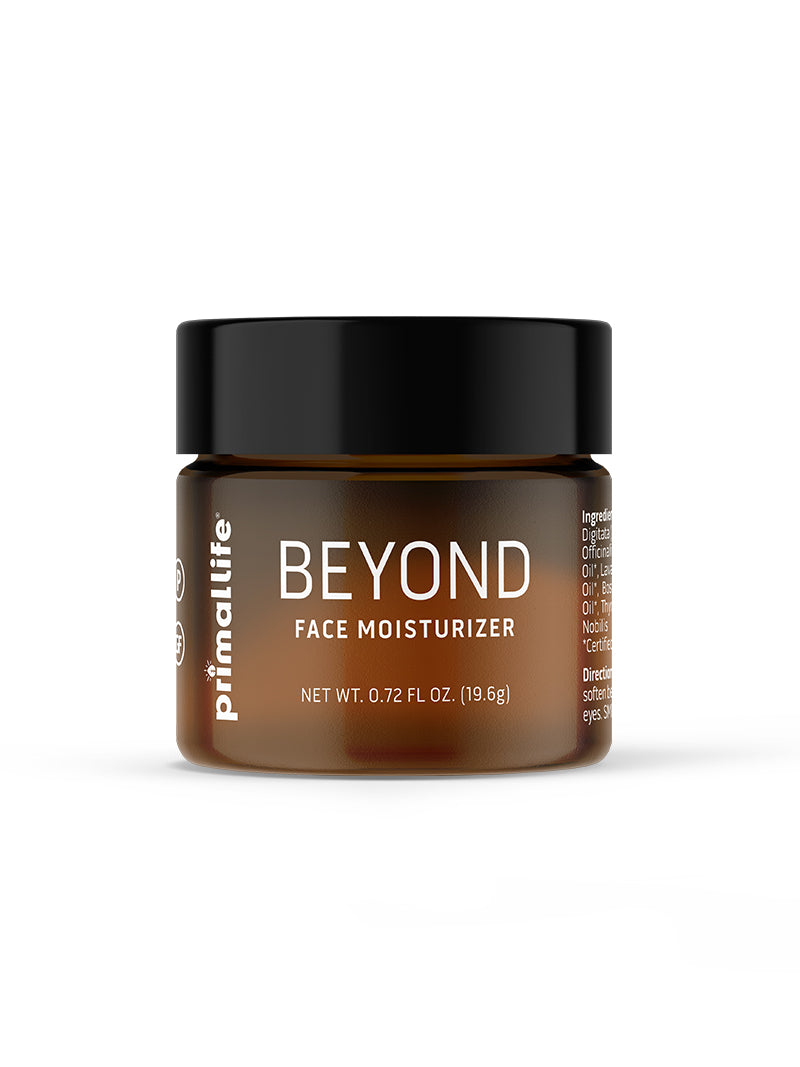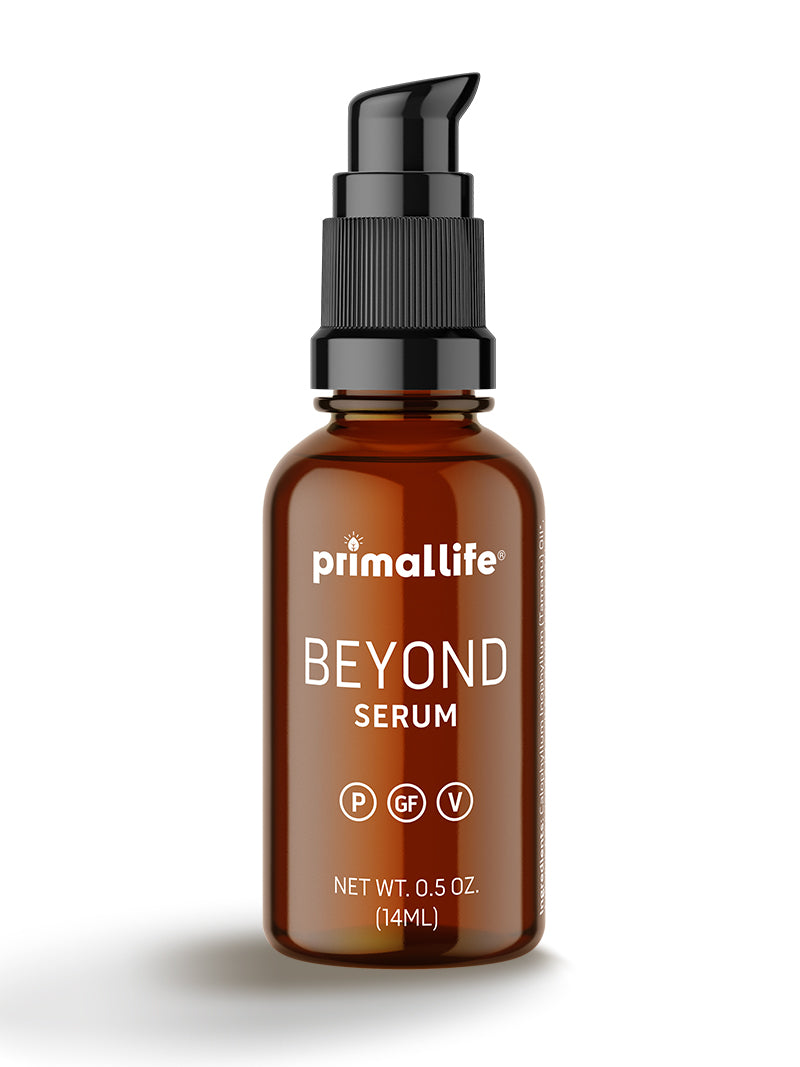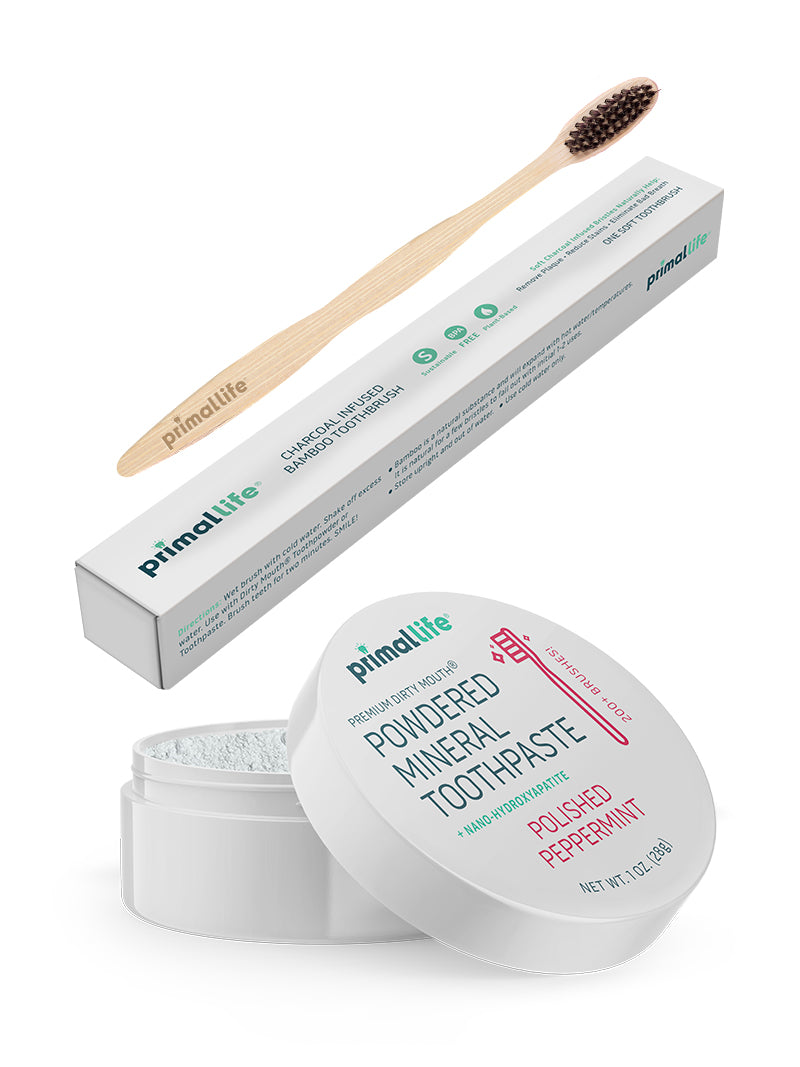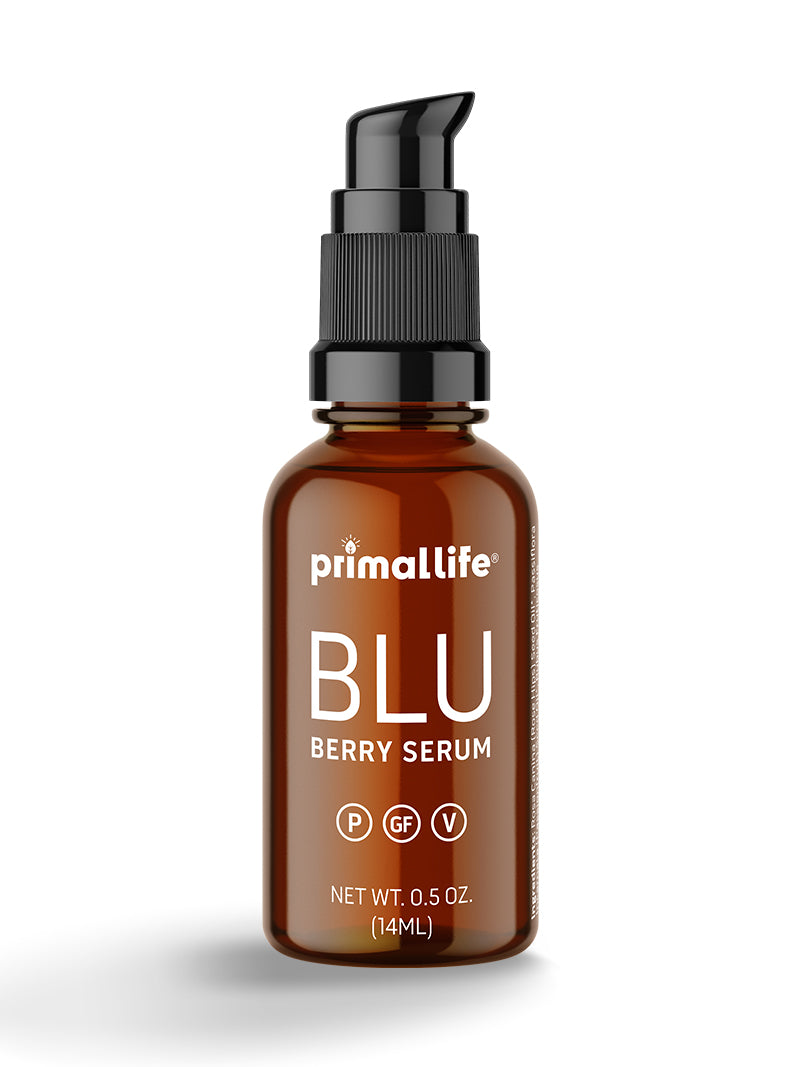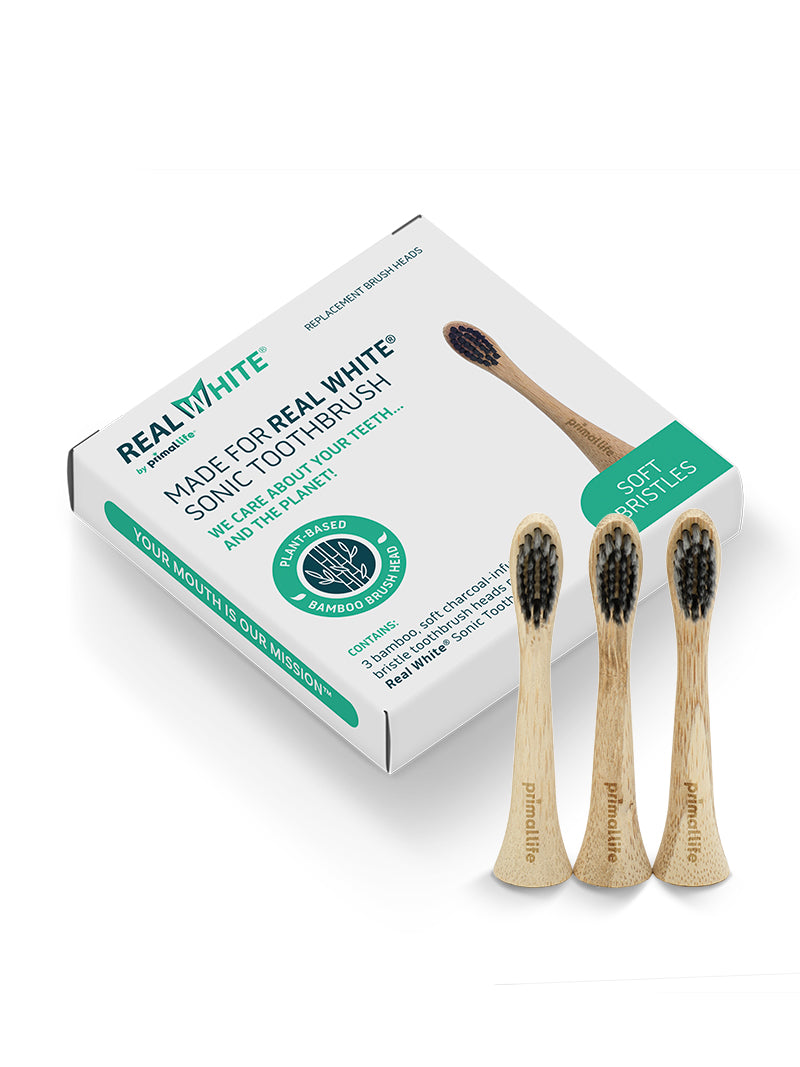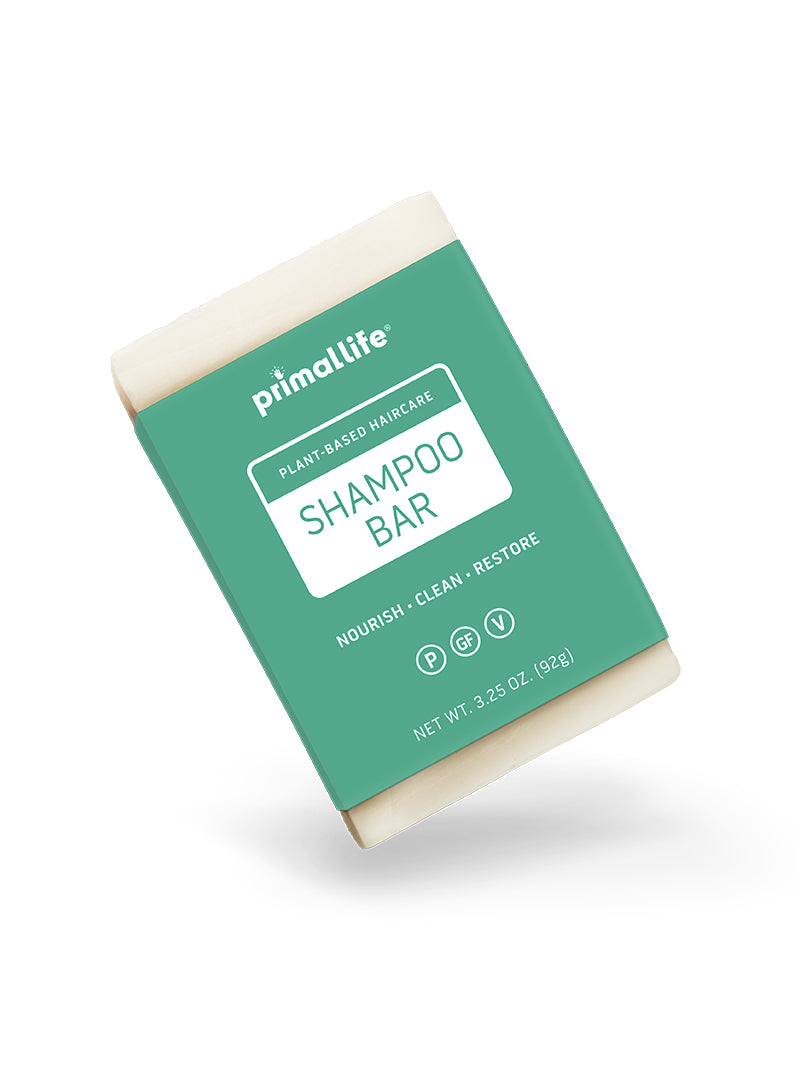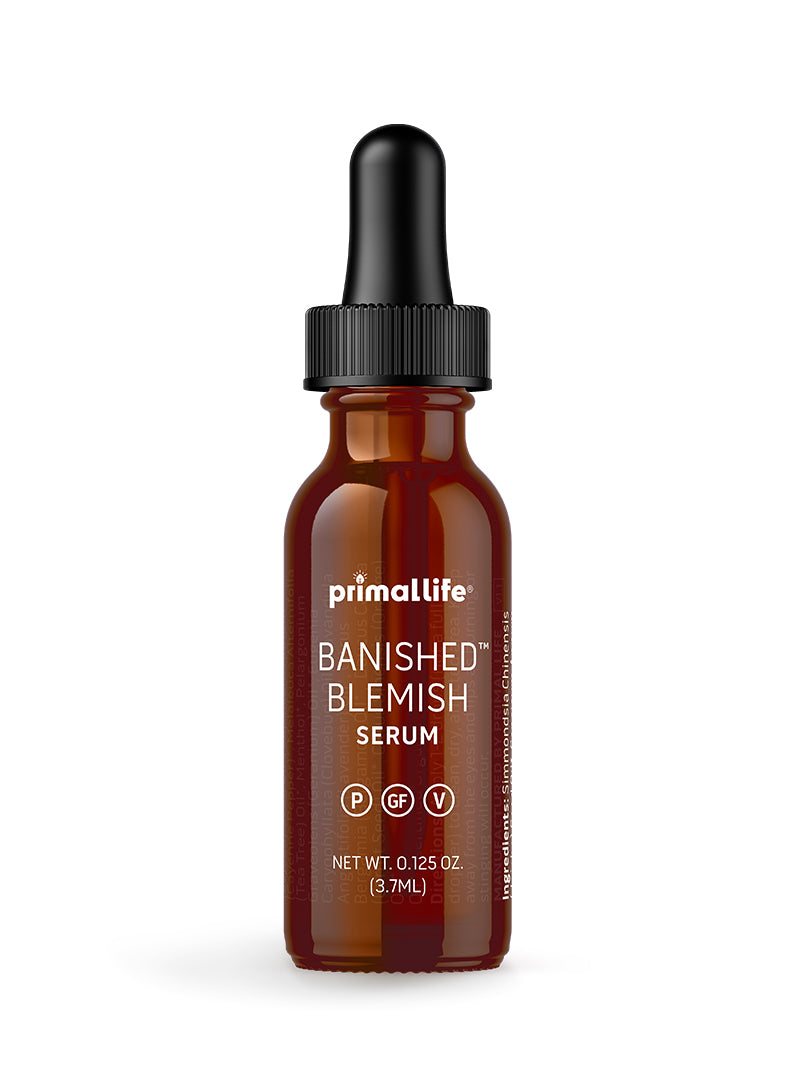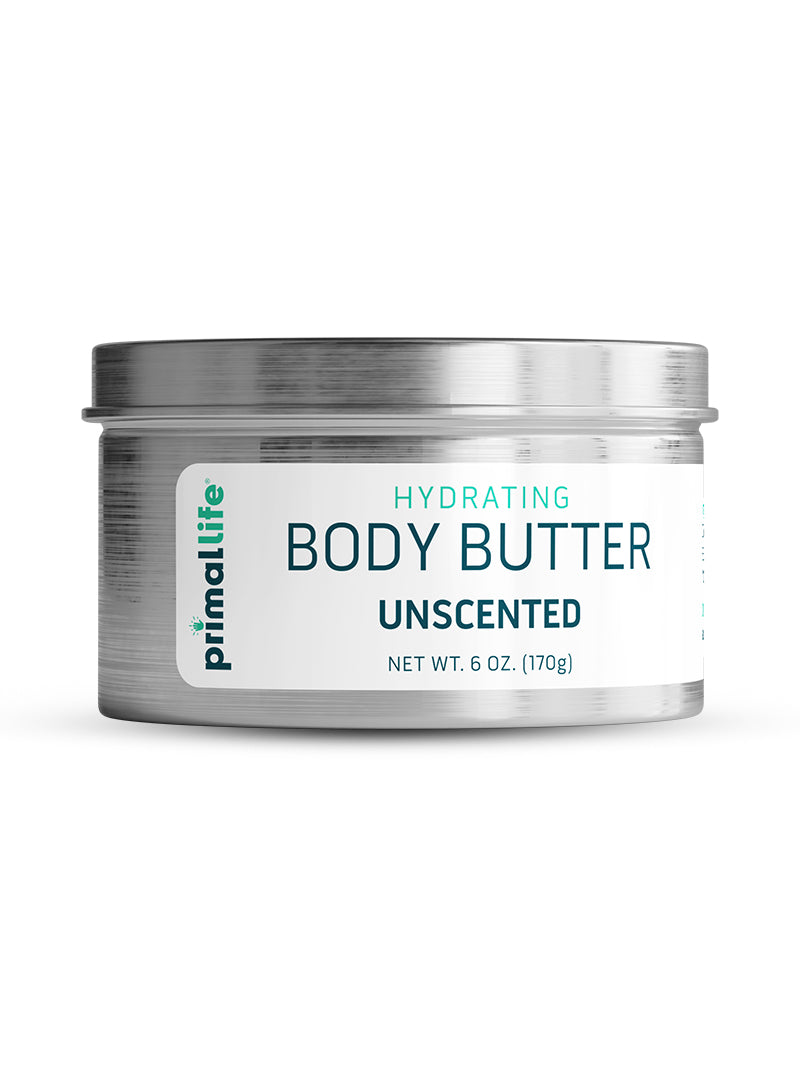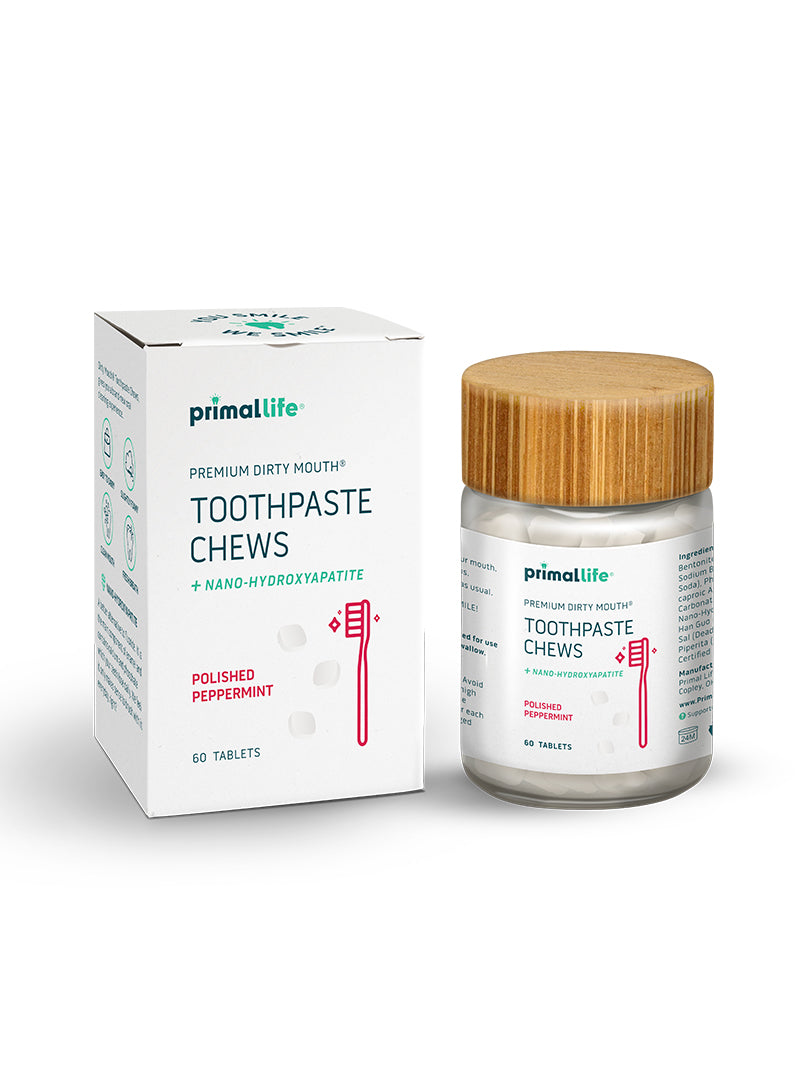How to Remove Tartar From Your Teeth (Without A Dentist!)

How healthy is your mouth?
I mean it. Can you confidently say that your mouth is strong, healthy, and resilient?
Unfortunately, most of us can’t. Even if you haven’t had a cavity in a few years, the simple absence of cavities doesn’t equate to dynamite oral health. Instead, it’s possible that hard-to-see plaque is quietly infiltrating your mouth and laying the groundwork for tartar to take control.
Plaque and tartar pave the way for gum disease and all of the symptoms that periodontitis triggers, from bleeding gums and loose teeth to oral cancer. By learning how to remove tartar from your teeth and embracing positive dental habits, you can protect your smile for many years to come.
What Is Tartar?
The tartar on your teeth is like the rust on your bicycle — it’s bad news. Even a little bit can spell trouble, and once it starts to spread, it quickly gets out of control.
Tartar Begins as Plaque
Tartar begins as plaque, a sticky film of bacteria that builds up on and between your teeth. Any foods or drinks containing carbohydrates can trigger the formation of plaque, especially those with high sugar content like soda and candy. As you chew, carbohydrates combine with the natural bacteria in your mouth to create acid.
Acid is a dangerous substance for many reasons, including its ability to break down the white enamel on the surface of your teeth. It becomes even more destructive when combined with the food particles, saliva, and bacteria left in your mouth after you eat or drink. The result? Widespread plaque builds up along the surfaces and in the crevices of your teeth and gum line.
You can minimize plaque by brushing and flossing, but it’s a constant threat. Plaque bacteria deposits begin to grow back within just a few hours of brushing!
Are All Oral Bacteria Bad?
It’s easy to believe that oral bacteria are Public Enemy No. 1 since they lead to plaque, tartar, cavities, and decay, but not all oral bacteria are dangerous! A healthy mouth contains billions of productive bacteria that resist colonization of pathogens, fight inflammation, support a strong immune system, and so much more. In fact, the mouth houses the second most diverse microbial community in the entire body.
Unfortunately, poor dental habits and dietary choices encourage destructive bacteria to overpower good bacteria, leading to the development of plaque. To make matters worse, standard fluoride toothpastes and mouthwashes kill the good bacteria in your mouth along with the bad bacteria. This means that even if you think you’re improving your dental health by brushing, you’re actually compromising the healthy oral bacterial balance that’s meant to fight the development of plaque.
Since plaque is virtually colorless, you can’t always detect when it has accumulated above and below your gum line. If plaque is given enough time to accumulate, the result is easy to see: tartar.

How Does Plaque Turn Into Tartar?
If your brushing and flossing habits fail to remove plaque from your teeth and gums on a regular basis, the bacterial biofilm hardens into tartar. This usually happens within 24 to 72 hours when the minerals in your saliva combine with plaque to create hard crystals. These crystals accumulate as tartar, which is why brushing two or three times a day is so important.
Tartar, also known as dental calculus, isn’t sticky or colorless like plaque. It’s a hard, crusty, yellow or brown substance that bonds harshly to your teeth. This makes tartar difficult to remove and highlights the importance of preventing it altogether.
How Does Tartar Affect Your Teeth and Gums?
Tartar isn’t just the cause of unsightly brown and yellow stains on your teeth; it also poses serious threats to the health of your entire mouth. Since tartar can develop both above and below the gum line, it threatens your teeth, jaw bone, gum tissue, and overall oral wellness.
Tartar begins its path of destruction by irritating and inflaming your gums. This inflammation triggers the first stage of gum disease known as gingivitis. You may recognize gingivitis from these uncomfortable symptoms:
- Bright red gums
- Tender, painful gums
- Bleeding from the gums, especially when brushing and flossing
- Chronic bad breath
- Increased tooth sensitivity
- Tooth decay and cavities
Tartar is aggressive and triggers a chronic inflammatory response in the gums. If tartar continues to accumulate and your gingivitis is left untreated, it progresses into the more severe form of gum disease called periodontitis. More than 64 million American adults have periodontitis marked by the following signs:
- Pockets between the gums and the teeth
- Recurring gum abscesses
- Loose and shifting teeth
- Receding gums
- Tooth loss
- Degeneration of the jawbone
We’re all vulnerable to this dangerous path from plaque to tartar to gum disease, and unfortunately, the damage isn’t limited to the mouth.
The Other Hidden Health Dangers of Tartar
Gum disease is also associated with other chronic inflammatory diseases, including diabetes, dementia, and cardiovascular disease.
This is because your gum tissue serves as the gatekeeper to your mouth. Your mouth is exposed to everything you encounter, including viruses, fungi, and bacteria. If your gum tissue is too diseased to stop and kill those pathogens when they’re in your mouth, they’ll trigger widespread inflammation and move quickly into your bloodstream to wreak havoc on your body.
Chronic inflammation is one of the most concerning symptoms of poor oral health. It’s far more than just swelling and redness — chronic inflammation is the root of all disease! When the body’s healthy response to injury becomes permanently “turned on” by injury or trauma, steady inflammation places extreme strain on arteries and organs. This eventually contributes to conditions like cancer, diabetes, heart disease, Alzheimer’s disease, and many more.
The key to preventing all of this, from swollen gums and loose teeth to chronic disease, is to maintain your oral health and remove tartar!
How to Remove Tartar From Teeth Without a Dentist
The hard and aggressive nature of tartar makes it difficult to remove without professional dental treatment. Regardless of your dental health, visiting the dentist twice a year should always be a priority. However, you might still wonder how to remove tartar from teeth in between your appointments. There are a few natural ways to remove the plaque that leads to tartar and reduce the amount of tartar on your teeth.
Swap Your Toothpaste for Natural Tooth Powder
As an adult, you’ve spent decades buying toothpaste from the store. You probably grab the same exact brand and flavor every time you run low, and you’ve been trained — just like we all have! — to brush with that toothpaste twice a day until your teeth feel clean.
But have you ever really stopped to investigate the ingredients in your toothpaste? Most common toothpaste ingredients do absolutely nothing to actively improve your dental health, and in fact, many of them pose serious dangers to your body.
What’s that about? I’ll tell you — the ADA has us brainwashed. Yes, you read that right. The American Dental Association has convinced us to believe that strong oral health can only be achieved with a fluoride toothpaste and harsh antibacterial mouthwash.
In reality, the true purpose of brushing should be to remineralize your mouth and restore balance to healthy oral bacteria. Enhancing the overall health of your mouth, minimizing inflammation, and fighting harmful bacteria creates an environment where plaque and tartar can’t thrive.
This is why it’s such a smart decision to switch from fluoride toothpaste to a natural clay-based tooth powder.
The Benefits of Natural Tooth Powder
Introducing minerals to your mouth and your teeth provides major oral health benefits:
- Strengthen your teeth
- Fight off harmful bacteria
- Reduce and prevent sensitivity
- Protect gums from decay and infection
As a very mild abrasive, bentonite clay gently scrubs and beautifully polishes the teeth. It works like an astringent by helping to remove tartar and clean the gums. As soon as bentonite clay comes in contact with the bacteria and toxins in your mouth, it absorbs them and replaces them with minerals.
This process doesn’t merely eliminate the bad, but it also optimizes your oral health and keeps your teeth and gums legitimately clean! The abrasive action of clay also removes old stains to give you a brighter, whiter smile.
According to the International Association of Oral Medicine and Toxicology, brushing with bentonite clay three times per day can even address gingivitis and severe periodontal disease by removing dangerous bacteria and nourishing the teeth and gums with restorative minerals.

Try a Charcoal Toothbrush
There’s nothing necessarily wrong with your current toothbrush, but it isn’t exactly your best option, either.
First of all, if you’ve been using standard fluoride toothpaste up until this point, your toothbrush is likely tainted with an accumulation of chemicals and toxins that you don’t want back in your mouth.
Additionally, a normal toothbrush can’t amp up your oral hygiene quite like a unique charcoal-powered toothbrush.
Consider switching to the Charcoal Ion Toothbrush made from sustainable bamboo and charcoal-infused bristles. Charcoal’s negative ions help release tartar and plaque in your teeth, which lends extra whitening power to your normal brushing routine and more efficiently eliminates bad breath.
Swish With Tea Tree Essential Oil
Essential oils are trendy right now, but they’re hardly new. These highly concentrated botanical oils have been used for their therapeutic properties since ancient times. Tea tree oil, in particular, is one of the most versatile and powerful essential oils, with numerous documented research studies to support its therapeutic capabilities.
Research shows that tea tree essential oil can naturally fight bacterial infections and kill oral pathogens. This makes it an excellent natural way to counteract gingivitis, reduce inflammation, and prevent the conditions that plaque and tartar love. Simply add a few drops of tea tree oil into your natural mouthwash to enjoy the benefits it offers.
Supplement With Zinc
Zinc is a trace element with incredible value to your oral health. Research shows that zinc can reduce demineralization of your teeth and support better remineralization, which in turn prevents cavities and stops decay.
Zinc is also known as an anti-plaque agent that can prevent the growth of bacteria along the teeth and gums. This also gives zinc the power to reduce bad breath. You can increase your intake of zinc with a supplement and by eating zinc-rich foods like oysters and beef.
Ways to Prevent Future Tartar Build-Up
Prevention is truly the best medicine. Creating — and keeping! — healthy habits will stop gum disease and chronic diseases in their tracks.
Master Your Dental Hygiene Routine
Your brushing, flossing, and rinsing habits are your first line of defense against plaque, tartar, gum disease, and tooth loss. If you can refine your dental hygiene routine and stick to it, the results will shine through — literally!
First, toss your traditional toxi-paste – oops! I mean, toothpaste – and try a natural tooth cleaner like Dirty Mouth Tooth Powder.
Tooth powder helps your teeth stay cleaner and stronger by enriching your mouth with the minerals most important to dental health. Unlike toothpaste, tooth powder gently cleanses your gum tissues and teeth from oils, toxins, and impurities while preserving healthy, productive bacteria.
You’ll benefit from powerful natural ingredients that toothpastes can’t offer: earthen clays, activated charcoal, aluminum-free baking soda, and essential oils. All you need to do is dip the top half of your toothbrush into your tooth powder, brush, spit, and rinse like normal.
Make sure you do this at least twice a day, followed immediately by flossing. Five minutes in the morning and five minutes at night — that’s all it takes to stop plaque in its tracks and prevent tartar from forming. Everybody has time for that!

Choose Your Foods Wisely
Your brushing and flossing habits are powerful, but your food choices can undermine them pretty quickly. All of the brushing and flossing in the world can’t save you from an awful diet that constantly attacks your teeth and gums with sugar, acid, and carbohydrates.
If you can make some minor adjustments to the foods and beverages you eat every day, you’ll empower your dental hygiene habits, make it harder for plaque to form, and avoid persistent bad breath.
It’s no coincidence that the healthiest foods for your body are also the healthiest for your mouth:
- Leafy greens
- Carrots and apples
- Milk, yogurt, cheese
- Nuts and seeds
- Lean protein
- Water
All of these options help to balance the pH in your mouth, stimulate more saliva to clear away food debris, and fortify your teeth with calcium and other important nutrients. They’re healthy, filling, and tasty, so there’s no excuse not to improve your health and wellness by stocking up.
Quit Bad Habits
I probably don’t need to tell you this, but smoking and chewing tobacco are two of the worst enemies of your teeth. Not only do these habits stain enamel and leave your teeth looking brown, but they also make your entire mouth more susceptible to infections by restricting the flow of healthy oxygenated blood and suppressing your natural immune system. If you do smoke, quitting is the biggest gift you could possibly give yourself!
Remember Why pH Matters
If you remember anything from your high school chemistry class, you might recall that the pH of a substance describes its chemical acidity level. Pure water is perfectly balanced with a pH of 7, but coffee, soda, and juice fall below a pH of 3 or 4.
If your diet is filled with acidic foods and drinks, the pH of your saliva will inevitably fall below the “safe” pH range of 6.2 to 7.6. Acidic saliva can’t function properly to maintain its essential responsibilities, like removing debris, keeping the mouth clean, and preventing overgrowth of bad bacteria.
As a result, the side effects of an imbalanced oral pH are all too clear: healthy, productive bacteria become overpowered by damaging bacteria, plaque and tartar have the chance to thrive, and gum disease gradually causes one health problem after another.
Fortunately, there’s good news. Sticking to healthier eating habits and implementing a strategic oral care routine will effectively recalibrate your oral pH and prevent the negative consequences you never want to experience.
The Bottom Line
Preventing tartar in your mouth is just as important as preventing high cholesterol or diabetes, but it isn’t always given the attention it deserves. As the gateway to gum disease, tartar doesn’t just harm your oral health; it profoundly threatens your overall health as well.
It’s not enough to have your dentist remove tartar after it forms. Only reducing and eliminating the development of tartar can save you from the pain and embarrassment of severe dental problems in the future.
This is exactly why Primal Life Organics specializes in all-natural oral care products. I’m committed to educating people on the importance of comprehensive oral health, especially the link between overall health, oral health, and the prevention of systemic disease.
If you trust Dirty Mouth Tooth P owder and other Primal Life Organics products to revitalize your oral microbiome and protect your mouth, I know you’ll see the difference.
Resources:
1. https://www.ncbi.nlm.nih.gov/pmc/articles/PMC2147593/.2. https://www.nature.com/articles/sj.bdj.2016.865.
3. https://www.news-medical.net/health/What-is-Tartar.aspx.
4. https://crest.com/en-us/oral-health/conditions/tartar-plaque/plaque-tartar-causes-prevention-removal.
5. https://crest.com/en-us/oral-health/conditions/tartar-plaque/plaque-tartar-causes-prevention-removal.
6. https://www.lanap.com/2016/09/22/surprising-link-between-gum-disease-and-systemic-disease/.
7. https://www.perio.org/consumer/cdc-study.htm.
8. https://www.johnshopkinshealthreview.com/issues/spring-summer-2016/articles/understanding-inflammation.
9. https://iaomt.org/wp-content/uploads/Clinical-Use-of-Calcium-Bentonite-Clay-Scientific-Review-5.10.16.pdf.
10. https://www.ncbi.nlm.nih.gov/pmc/articles/PMC1360273/.
11. https://www.ncbi.nlm.nih.gov/pmc/articles/PMC4054083/.
12. https://www.ncbi.nlm.nih.gov/pubmed/27524540.
13. https://www.ncbi.nlm.nih.gov/pmc/articles/PMC5352117/.
14. https://www.ncbi.nlm.nih.gov/pmc/articles/PMC3312700/.


